ཙོང་ཁ་པ་བློ་བཟང་གྲགས་པ།
b.1357 – d.1419

At the age of three, Tsongkhapa took lay upāsaka vows from the Fourth Karmapa Rolpa Dorje (1340-1383) and received the name Kunga Nyingpo. Then at the age of eight he received the novice ordination of a srāmanera, together with the name Lobzang Drakpa from the Kadam master Choje Dondrub Rinchen (b. 1309). Dondrub Rinchen, is said to have received prophecies of the child’s importance from his own teacher and deity.
Tsongkhapa spent much of his youth studying with Dondrub Rinchen and is said to have been so sharp that he easily understood and memorized even the most complicated texts. At the age of sixteen Lobzang Drakpa travelled to U-Tsang, never to return to his homeland. In U-Tsang he studied with more than fifty different Buddhist scholars. As noted in his autobiography, Fulfilled Aims, he studied at length texts and topics such the “Five Treatises of Maitreya” and related works by Asaṅga (4th century), the Abhidharma of Vasubhandu (4th century), the logic systems of Dignāga and Dharmakīrti (6th century) and the Madhyamaka system of Nāgārjuna (c.150-250) and his followers such as Aryadeva (3rd century). It was Tsongkhapa’s emphasis on philosophical study and logic that would eventually become some of the defining characteristics of the Geluk tradition.
Tsongkhapa’s studies were mainly focused on the existing scholarly currents at that time. One of Tsongkhapa’s main teachers was the Sakya master Rendawa Zhonmu Lotto (1349-1412) who was a strong proponent of the Prāsaṅgika view of Madhyamaka. Tsongkhapa’s devotion to Rendawa was so great that he composed the famous Miktsema verse in praise of him. According to tradition, Rendawa felt that the verse was more applicable and descriptive of Tsongkhapa’s qualities and thus offered the prayer back to him. Today this verse is still considered as the principal method to invoke the blessings of Tsongkhapa.


